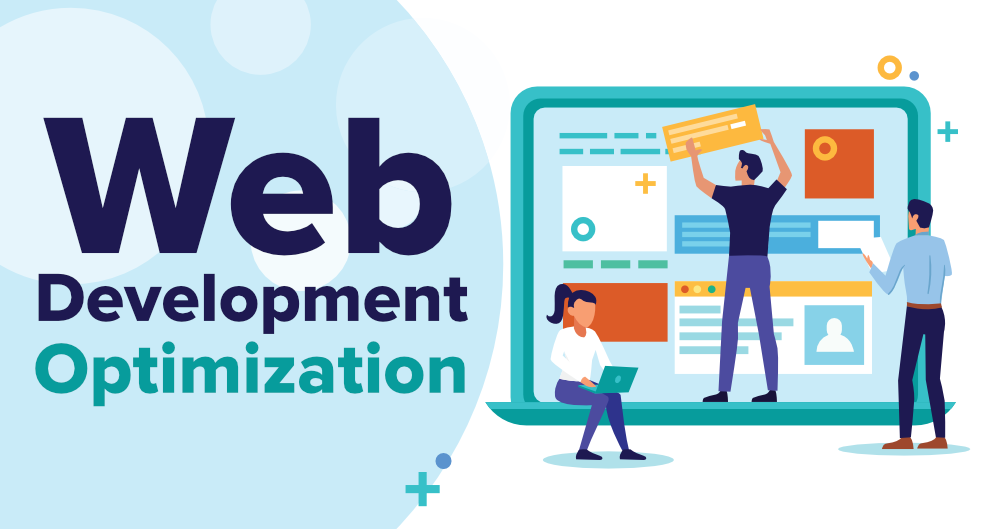Timeline Tales
Exploring the stories that shape our world, one timeline at a time.
Speed Secrets for a Snappy Website
Unlock lightning-fast website performance with these essential speed secrets! Boost user experience and skyrocket your traffic today!
Top 10 Tips to Boost Your Website's Loading Speed
Website loading speed is a critical factor in providing a positive user experience and improving your site's SEO ranking. Here are Top 10 Tips to Boost Your Website's Loading Speed: First, consider optimizing your images. Large images can significantly slow down your site, so always compress them before uploading. Additionally, make use of modern formats like WebP to enhance efficiency. Second, leverage browser caching. Setting an appropriate caching policy ensures that repeat visitors experience quicker load times as elements are stored locally in their browsers.
Next, minimize HTTP requests by reducing the number of elements on your page, which in turn reduces loading time. Implement asynchronous loading for CSS and JavaScript to improve performance. Additionally, don't overlook the importance of a Content Delivery Network (CDN); it distributes your content across various locations, speeding up delivery to users based on their geographical location. Finally, regularly audit and remove any unnecessary plugins and scripts that can hinder your site's performance. Following these strategies can make a significant impact on your website's loading speed.

Understanding Web Performance: Why Speed Matters for User Experience
In today's digital landscape, web performance is a critical factor that directly impacts user experience. Research shows that users expect a website to load in under three seconds; if it takes longer, they are likely to abandon the page. This expectation underscores the importance of speed, not only for retaining visitors but also for improving overall satisfaction. A well-optimized site can enhance the browsing experience by providing quick access to information, which in turn can lead to higher engagement and conversion rates. Thus, understanding the nuances of web performance is essential for anyone looking to create a successful online presence.
Moreover, speed affects various elements of user experience, including search engine rankings. Search engines prioritize fast-loading websites, making performance optimization not just an aesthetic choice but a necessity for visibility. Issues such as large image sizes, excessive scripts, and slow server response times can significantly hinder your site's speed. To improve performance, consider implementing techniques such as caching, compressing files, and utilizing Content Delivery Networks (CDNs). By focusing on these performance aspects, website owners can cultivate an efficient browsing environment that meets user expectations and fosters loyalty.
Common Mistakes That Slow Down Your Website and How to Fix Them
Website speed is crucial for both user experience and SEO, but many site owners make common mistakes that can significantly slow down their pages. One frequent error is neglecting image optimization. Large, uncompressed image files can drastically increase load times. Instead, utilize tools to compress images without losing quality. Additionally, using the wrong file format can contribute to slow loading, so consider formats like JPEG for photographs and PNG for graphics with transparency. Ensure that your images are appropriately sized for the web, and implement responsive design to cater to various devices.
Another common mistake is overloading your site with unnecessary plugins and scripts. Each plugin can add additional HTTP requests, which can slow down load times. Audit your current plugins and remove any that are not essential. Furthermore, ensure that your website is leveraging browser caching and utilizing a Content Delivery Network (CDN) for faster content delivery across different geographical locations. These steps can significantly enhance your site’s performance, keep your visitors engaged, and improve your search engine rankings.